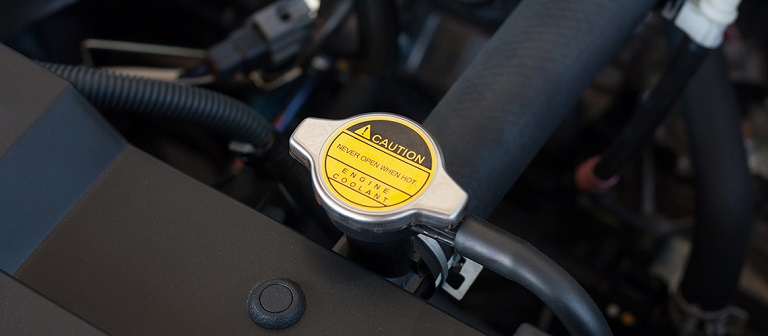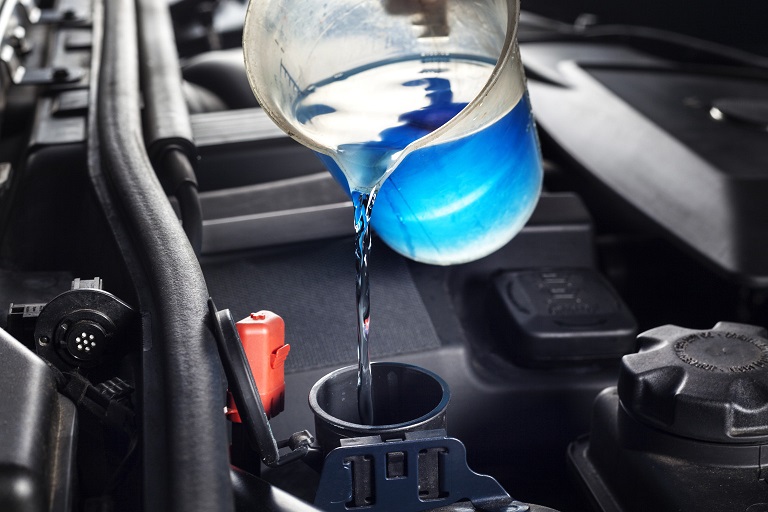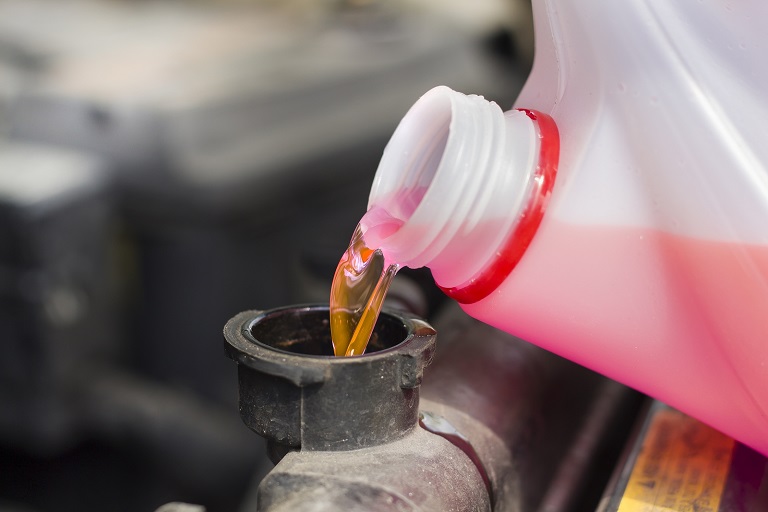
Even though gas engines have come a long way since their humble beginnings, they’re still not efficient at transforming chemical energy into mechanical power. The majority of the energy is converted into heat, which is why every vehicle, including your Mitsubishi, needs a cooling system to prevent parts from overheating. The engine, in particular, runs at high temperatures. And while the engine should run quite hot to prevent parts from wearing, to reduce the emissions the vehicle releases and improve its efficiency, it shouldn’t run too hot. Otherwise, it will overheat, leading to damage. That being said, the purpose of the cooling system is to keep the engine at just the right temperature.
Inside your Mitsubishi’s engine, gas is constantly burning, and the majority of the heat from this combustion goes out the exhaust system. However, some of it soaks inside the engine, resulting in high temperatures. The engine runs best at about 93°C. At 93°C, the combustion chamber is hot enough to vaporise the fuel completely, leading to reduced emissions and better combustion. Further, the oil used to lubricate the engine is thinner, allowing the engine parts to move freely, reducing the amount of power the engine wastes to move its own parts around. Lastly, at 90°C Celsius, the metal parts wear less.

The cooling system of your Mitsubishi features a lot of plumbing and a few distinct cooling Mitsubishi parts and accessories that make up the whole system. These parts include a pump that sends antifreeze into the engine block where the cylinders are located, a thermostat where the fluid leaves the engine, and a radiator where the hot antifreeze is cooled again. There’s also an entirely different circuit for your Mitsubishi’s heating system, which takes the antifreeze from the cylinder heads and sends it through the heater core before going back to the pump.
It all starts at the pump, which is driven by a belt connected to the engine’s crankshaft. The pump circulates antifreeze whenever the engine is operating. Once the engine starts operating, the pump spins with the help of centrifugal forces. The inlet of the pump is near the centre so that the antifreeze coming back from the radiator hits the vanes. The vanes fling the antifreeze to the outside of the pump before going into the engine.

The radiator is the heart of the cooling system, and it’s the part where the magic happens. Most modern vehicles, including Mitsubishi, use aluminium radiators, which are designed to cool the hot antifreeze that passes through them before returning it to the pump. The reason most vehicles use aluminium radiators is their lightweight. Radiators feature a number of parallelly arranged tubes and fins. The fins are responsible for conducting the heat from the tubes and transferring it to the air that flows through the radiator. Sometimes, the tubes feature a fin known as a turbulator, whose purpose is to improve the turbulence of the antifreeze as it flows through them. This results in all of the antifreeze coming in contact with the tubes, allowing it to cool, which is quite important, as the amount of heat transferred from the antifreeze to the tubes depends on the difference in temperature between the two.
The cooling system also features a radiator cap, which increases the boiling point of the antifreeze by about 25°C. It does this the same way pressure cookers increase water’s boiling temperature. This is actually a pressure release valve that’s set to 15 PSI on vehicles. When the antifreeze heats up, it expands, resulting in a pressure build-up. The cap is the only point in the cooling system that allows pressure to leave. Once the pressure reaches 15 PSI, it pushes the valve open. Once open, the antifreeze leaves the cooling system and it goes to the overflow tank. This ensures air is out of the cooling system. When the radiator cools down, it creates a vacuum that pulls open another valve, sucking back the water from the overflow tank.

Lastly, there’s the thermostat, whose main purpose is to allow the engine to heat up, and then keep it at a constant temperature of around 93°C. This is done by regulating the amount of water that’s allowed in the radiator. At lower temperatures, the outlet to the radiator is blocked, and all of the antifreeze is recirculated back to the engine. Once the temperature rises around 80-90°C, the thermostat opens, sending antifreeze through the radiator. By the time the antifreeze reaches a temperature of 90-105°C, the thermostat is completely opened. The thermostat is one of those Mitsubishi parts and accessories that do the seemingly impossible. It’s positioned in the small cylinder found on the engine-side of the devices. The cylinder is filled with wax that melts at around 82°C, which is then pressed by a rod, forcing the wax to expand. As a result, the rod is pushed out of the cylinder, opening the valve.

